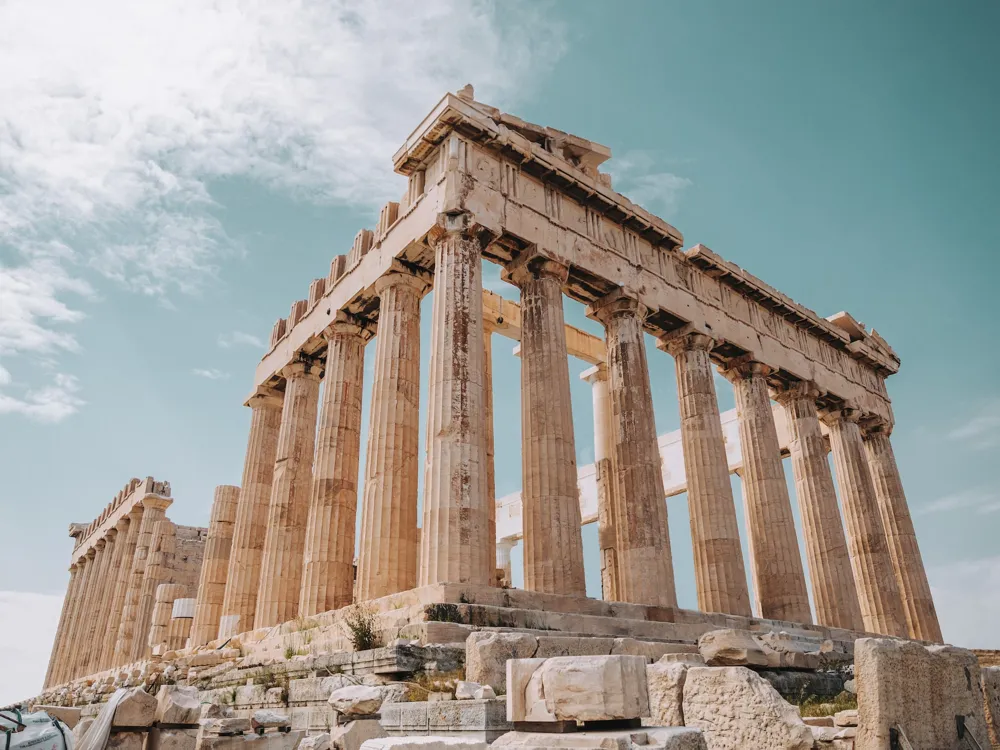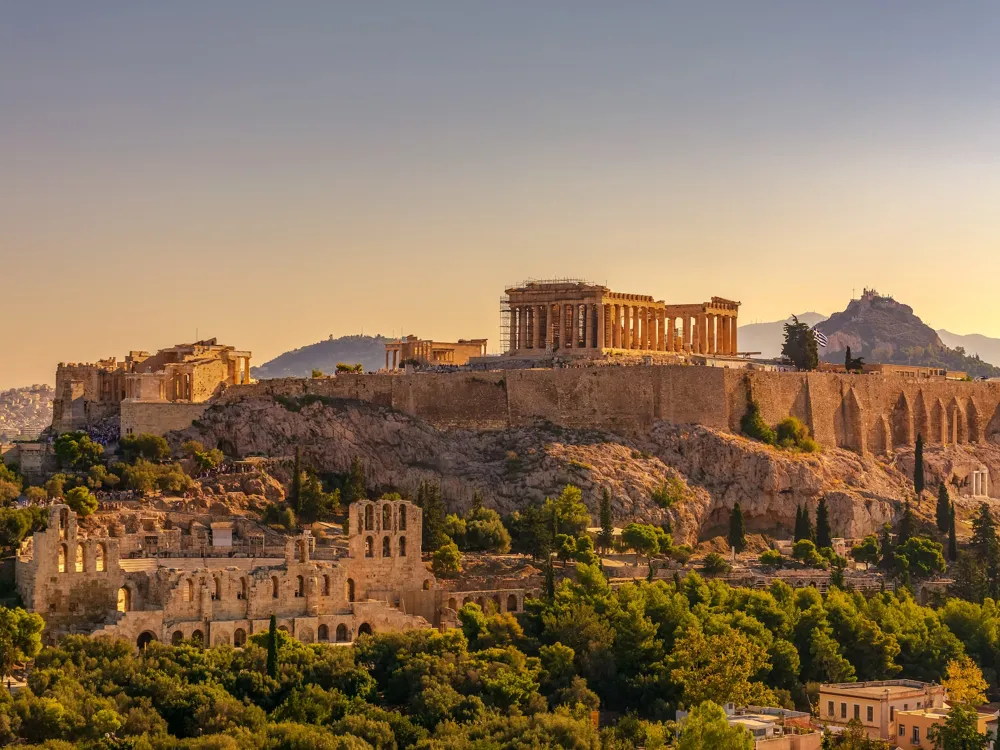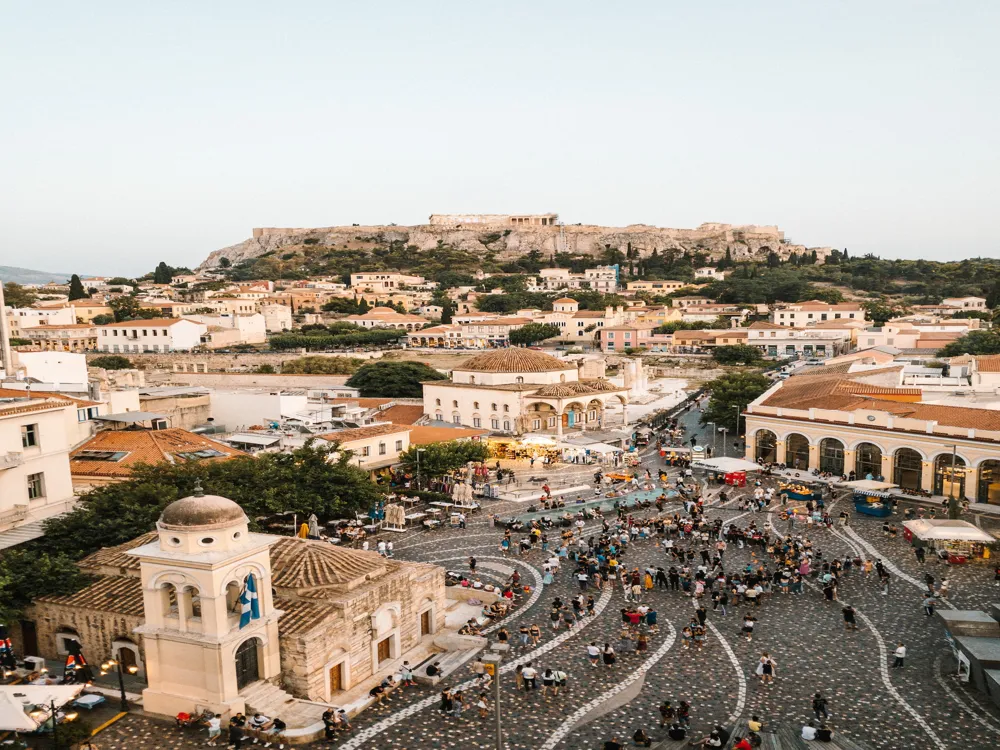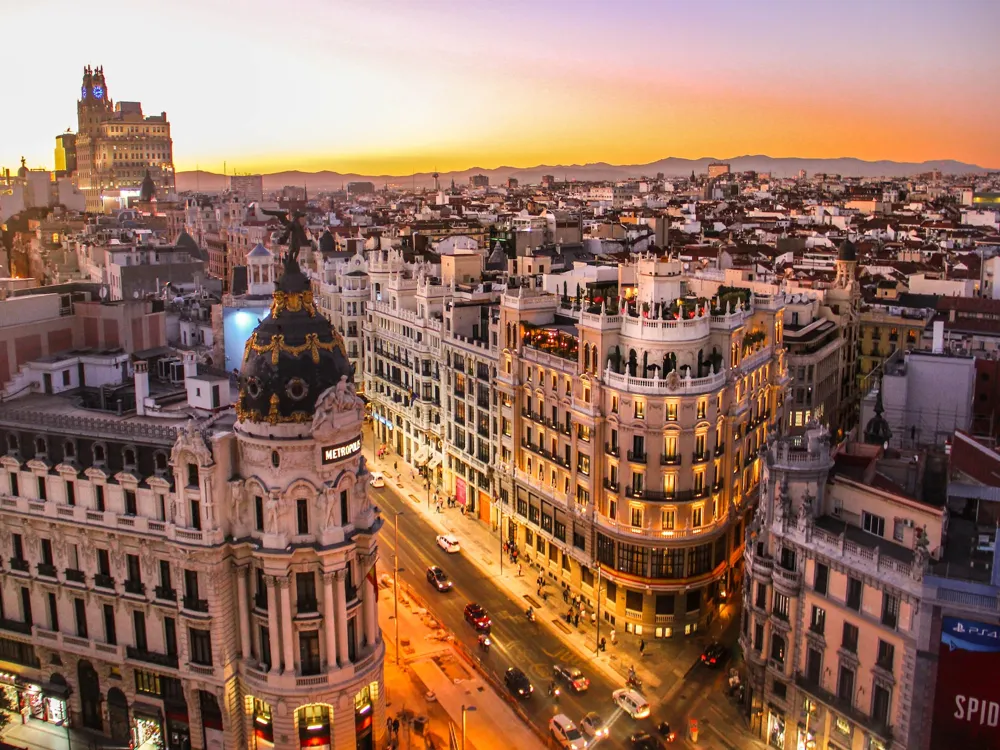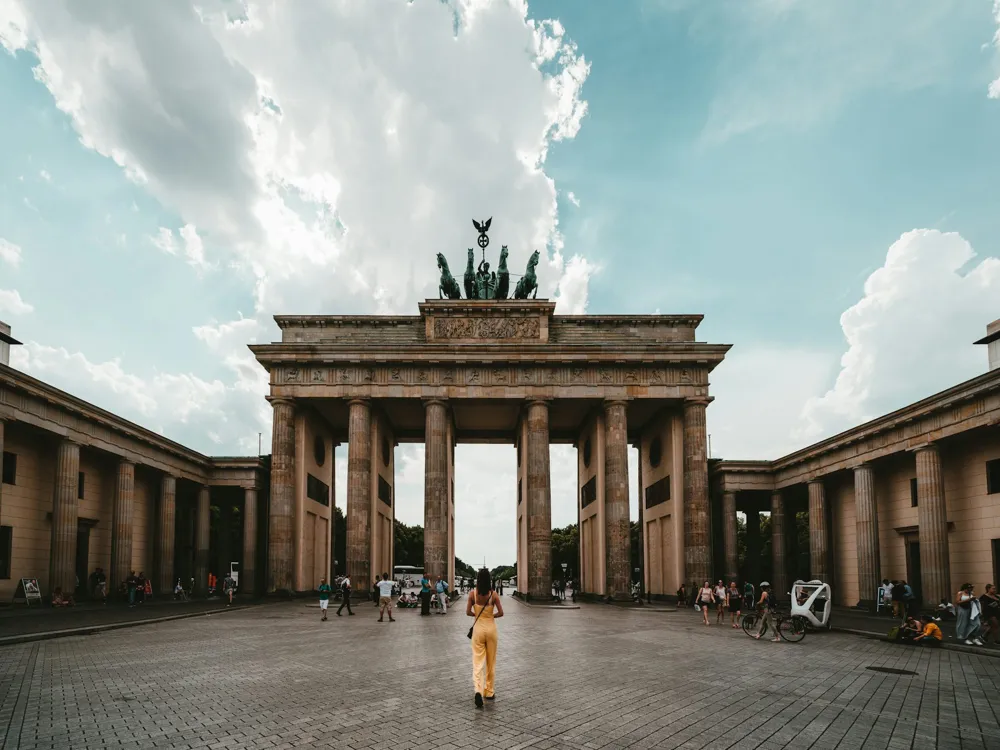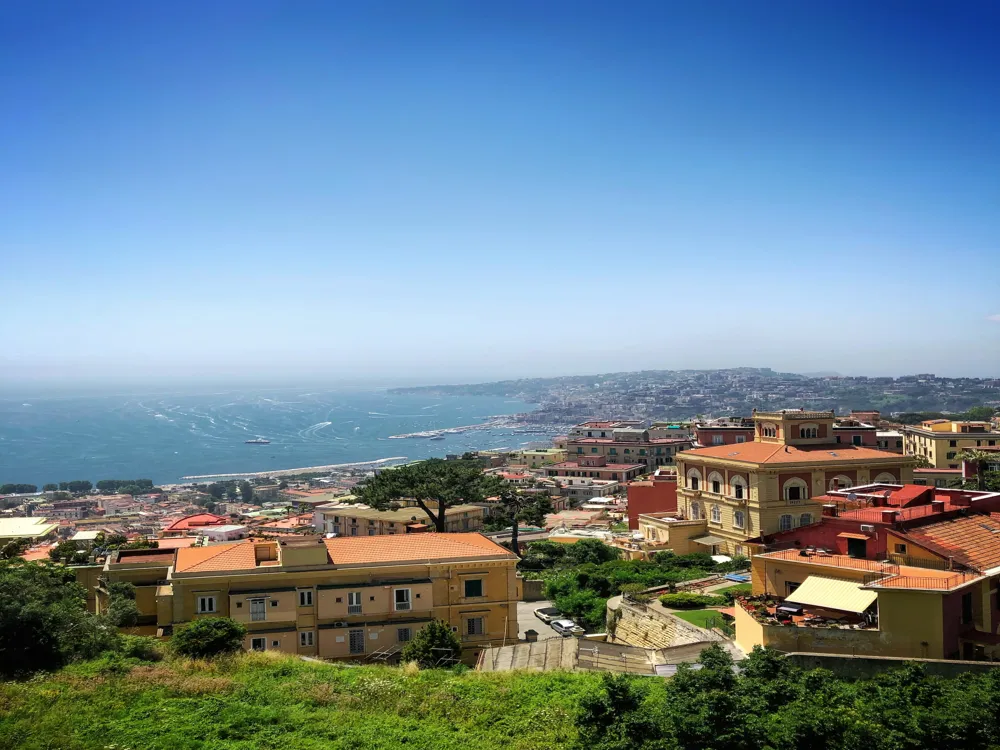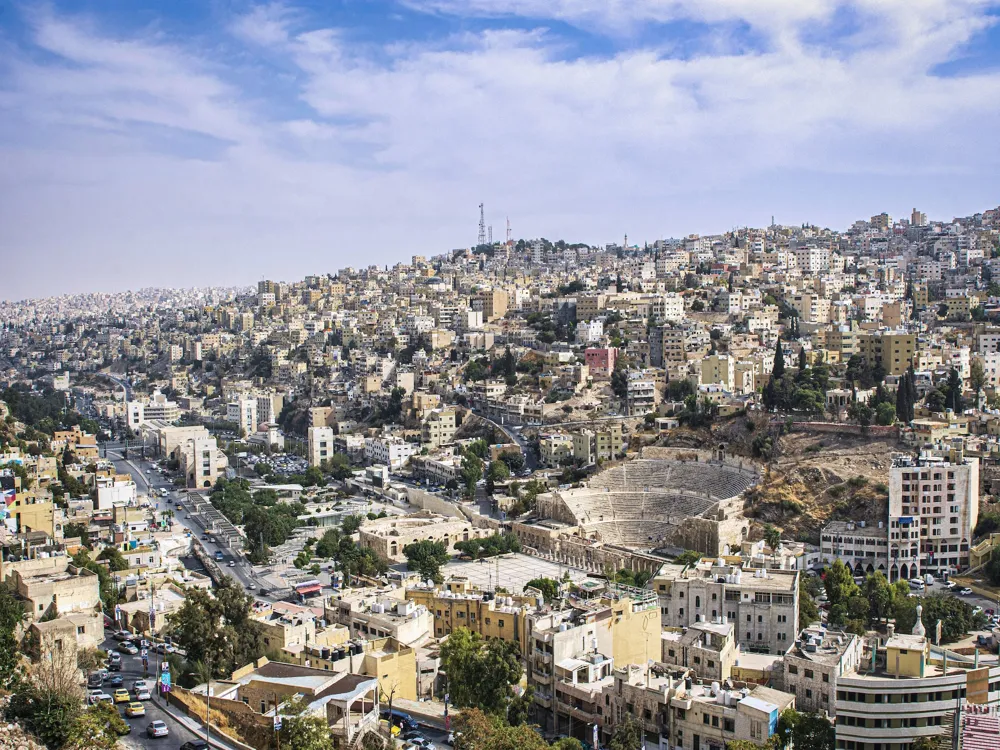Plan Your Travel To Athens
Places To Visit In Athens
Acropolis Museum
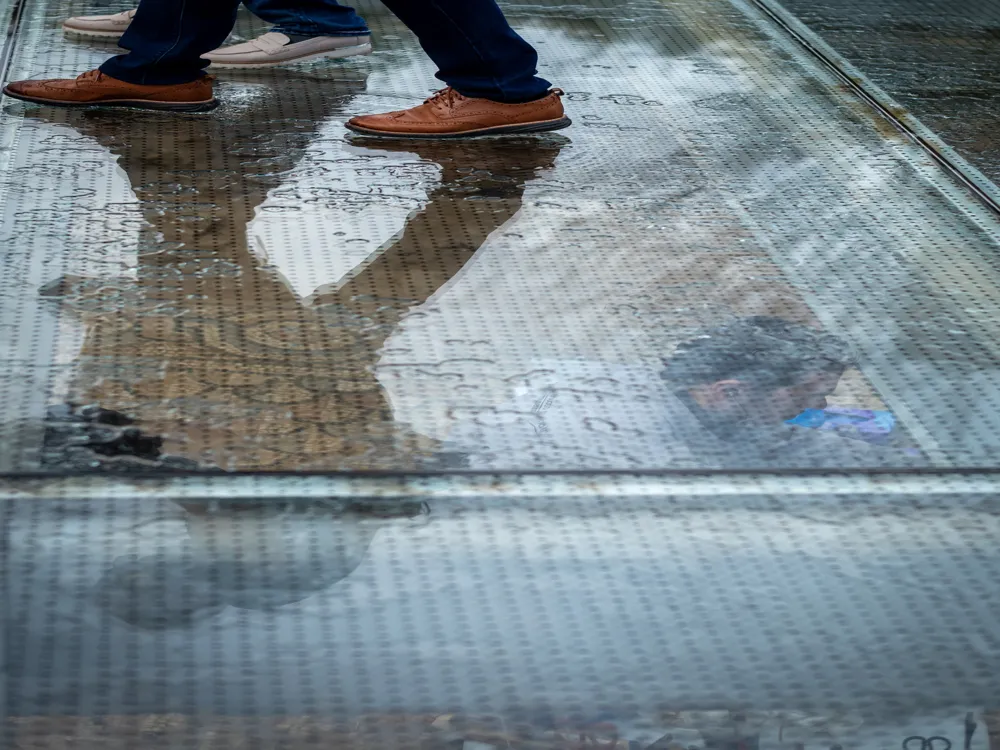
Acropolis museum is an archaeological museum which contains the artefacts found in Acropolis. It has over 4000 objects from the Greek Bronze Age to Byzantine Greece. It lies over the ruins of Roman and Byzantine Athens.
The museum was in Acropolis earlier, but after finding more objects to be displayed, the museum was shifted from its original place.
Acropolis
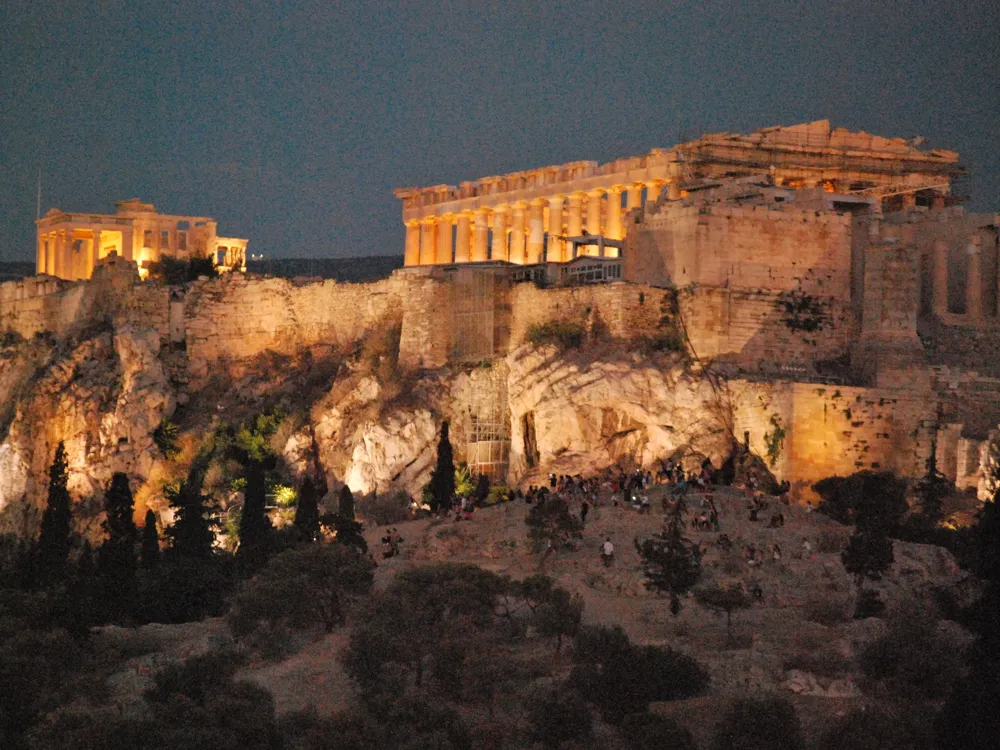
Acropolis, the most famous landmark of entire Greece, is the eternal symbol of democracy, education and inspiration. It is an ancient fortified town dating back to the bronze age. Acropolis consists of 21 major archaeological remains. Parthenon is in the centre of Acropolis and is the main attraction here.
The entrance to the Acropolis, Propylaea itself is a monument. To the south lies the temple of Athena Nike. East of the entrance is the temple known as the Erechtheum dedicated to Athena and Poseidon. At the south of the platform there are remains of Theatre of Dionysus. Odeon of Herodes Atticus also lies some distance away in the Acropolis, which is now reconstructed. All the valuable ancient artifacts from the Greek culture lies in the Acropolis Museum, which resides on the southern slope of the same rock.
Read More
Ancient Agora
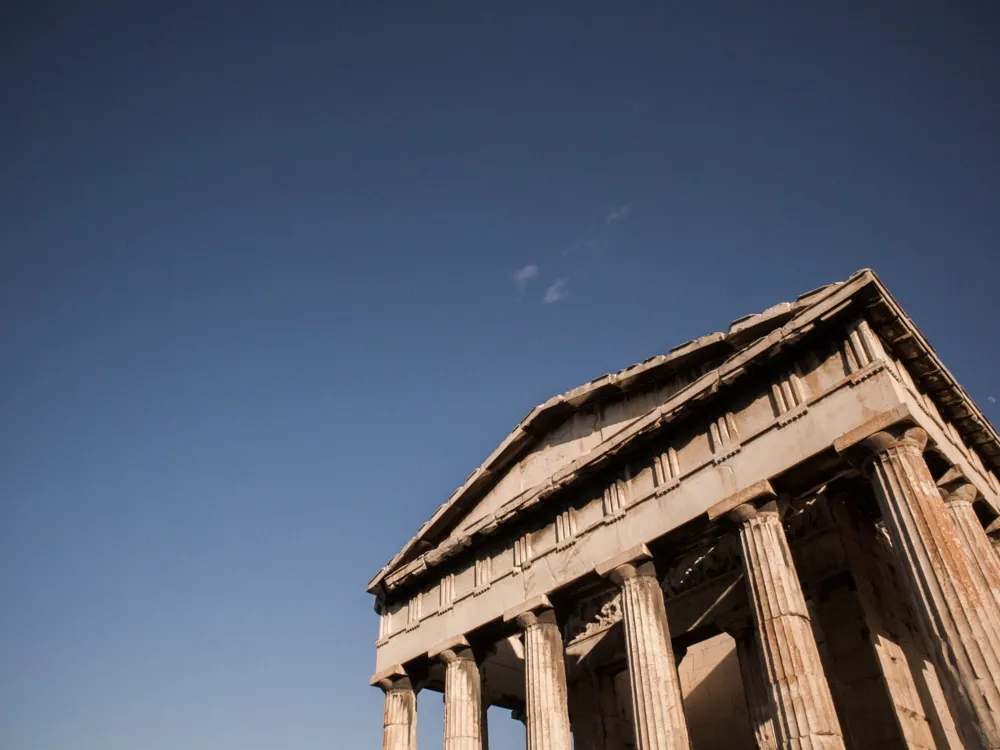
The Ancient Agora is a well-known archaeological site located northwest of the Acropolis in Greece. A Greek agora or marketplace established in the 6th century BC, it is a lush green space that was used for commercial, legal, political and social activities. It is home to several residential and public buildings that are in ruin, including temples of Olympia Gods, altars, fountains, statues, stoas, etc.
The Ancient Agora was destroyed and rebuilt many times. The temple of Hephaestus is one of the best-preserved monuments here, along with others like those dedicated to Zeus and Apollo. The Stoa of Attalos is another important attraction here. It was formerly used as a trade market; today, it is the site of the Museum of the Ancient Agora. Some other notable structures here are the Monument of the Eponymous Heroes, a 3rd-century synagogue, the Library of Pantainos, the Byzantine Church of the Holy Apostles and the Peristyle Court.
Read More
Arch of Hadrian
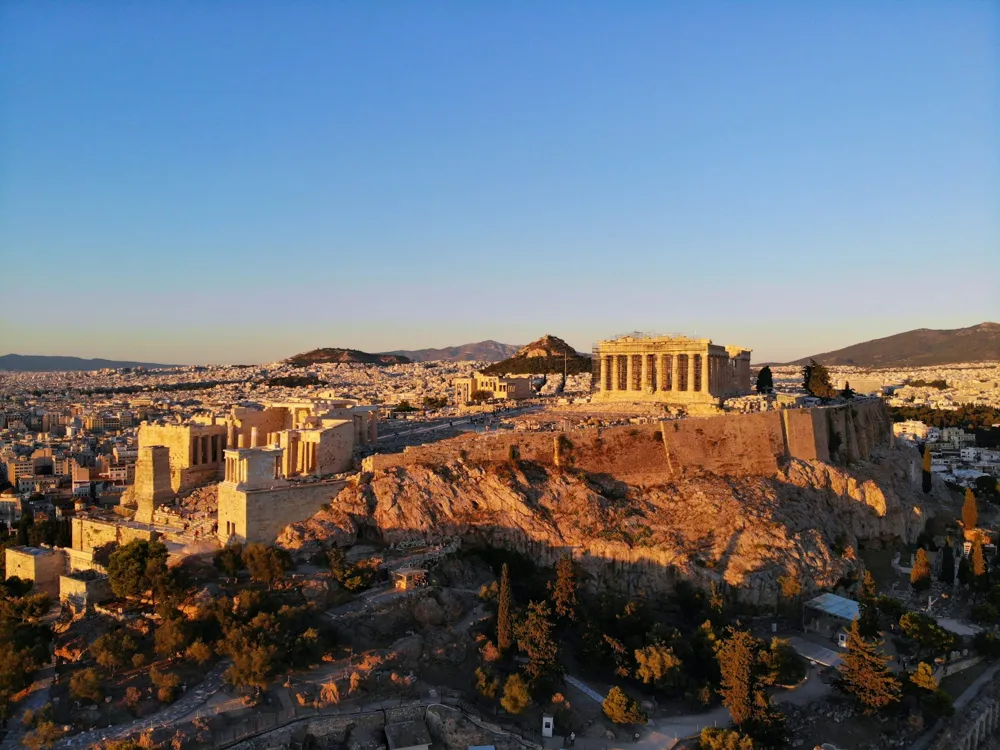
The Arch of Hadrian, most commonly known as Hadrian's gate, is a marble structure resembling a Roman Triumphal Arch.
The arch was built to celebrate the arrival of the Roman emperor Hadrian. It was constructed without cement or mortar but with solid marble, using clamps to connect the cut stones. It is 18m in height and its design is fully symmetrical from front to back and side to side.
Erechtheion
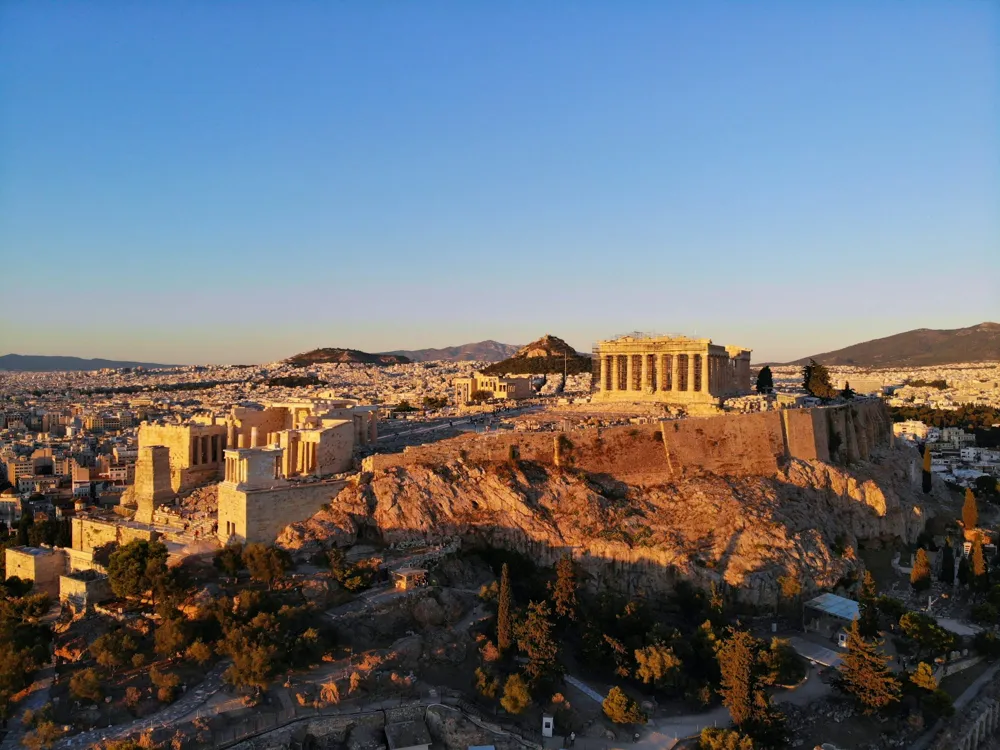
The Erechtheion or Erechtheum is an ancient Greek temple on the north side of the Acropolis which was dedicated to both Athena and Poseidon. Its distinctive building has large columns are statues depicting women. Four of the original six statues are now on display in the Acropolis Museum.
The temple was built between 421 and 406 BCE. Some believe it may have been built in honour of king Erechtheus, who is buried nearby. The entire temple is built on a slope.
Read More
Lycabettus Hill
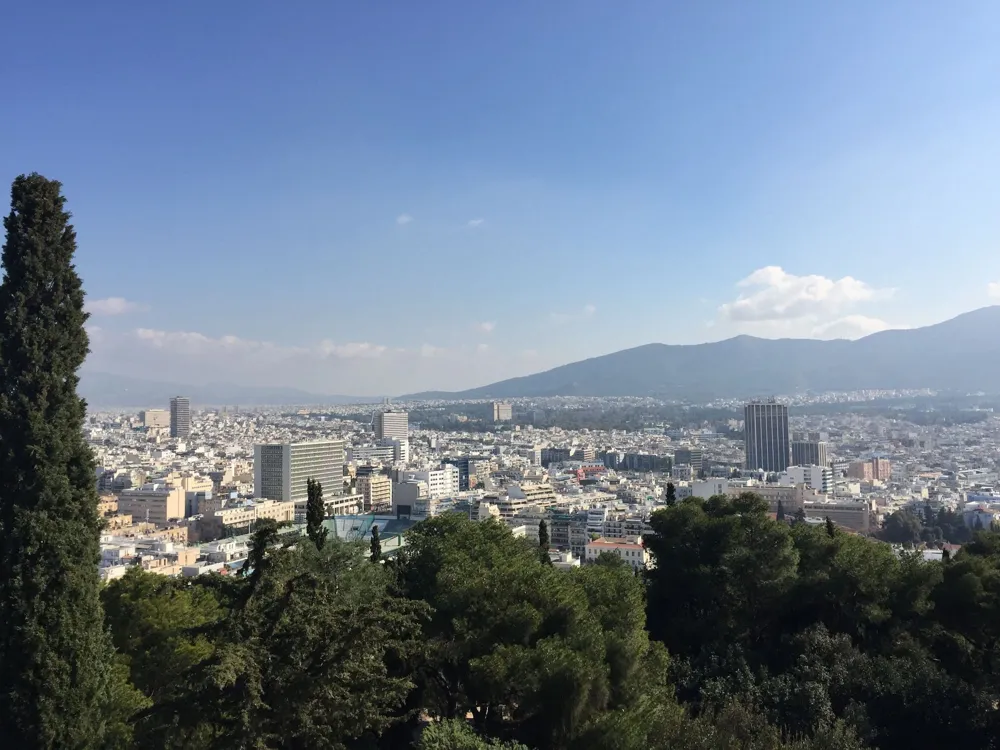
Athens' Mount Lycabettus is a well-known limestone hill that provides a 360-degree panorama of the city. It is encircled by pine trees and has a theatre, a restaurant, and a Chapel of St. George at its foot, among other well-known attractions. A cable car to the top of the hill is another popular highlight.
Apart from being the highest point in Athens, located at a height of 277 meters, it offers the tourists a gala time with other equally beautiful attractions situated on the hill itself. The journey starts from Lycabettus Funicular. St. George's church provides a broad perspective of the surrounding region because it was constructed on top of Lycabettus hill. Two chapels, one to the prophet Elijah and the other to St. Constantine, are noteworthy. The restaurant Orizontes, which is situated at the top of Lycabettus Hill, offers one of Athens' best views. The place looks majestic all the time; however, the sunset view from the top, while experiencing the whole of the city at one glance, is a treat to behold.
Read More
National Archaeological Museum
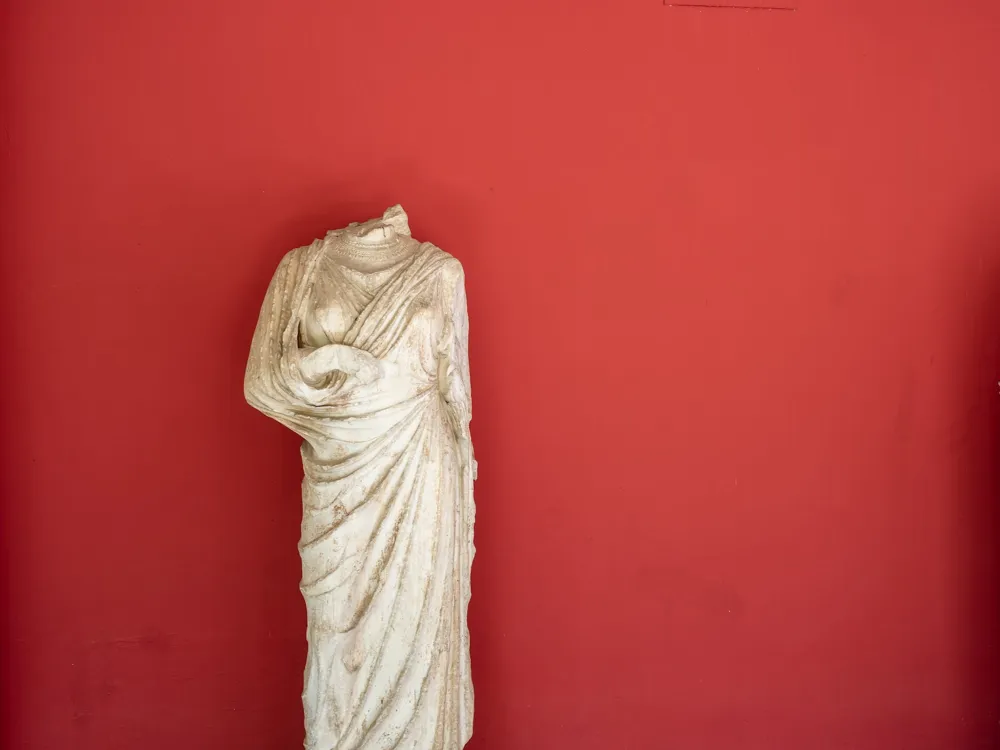
National Archaeological Museum consists of artefacts from Greek history. Considered the best museum in the world, it exhibits a rich collection of objects. The museum contains prehistoric collections, and sculptures- most famous being a bronze statue of Zeus, vases, Santorini findings, metallurgy collections, and Egyptian arts. etc.
The museum was established in 1829. Originally named The Central Museum, it was renamed in 1881. During World War II, all the antiques were sealed in boxes and were kept in special cases to avoid destruction and theft.
Read More
Numismatic Museum of Athens
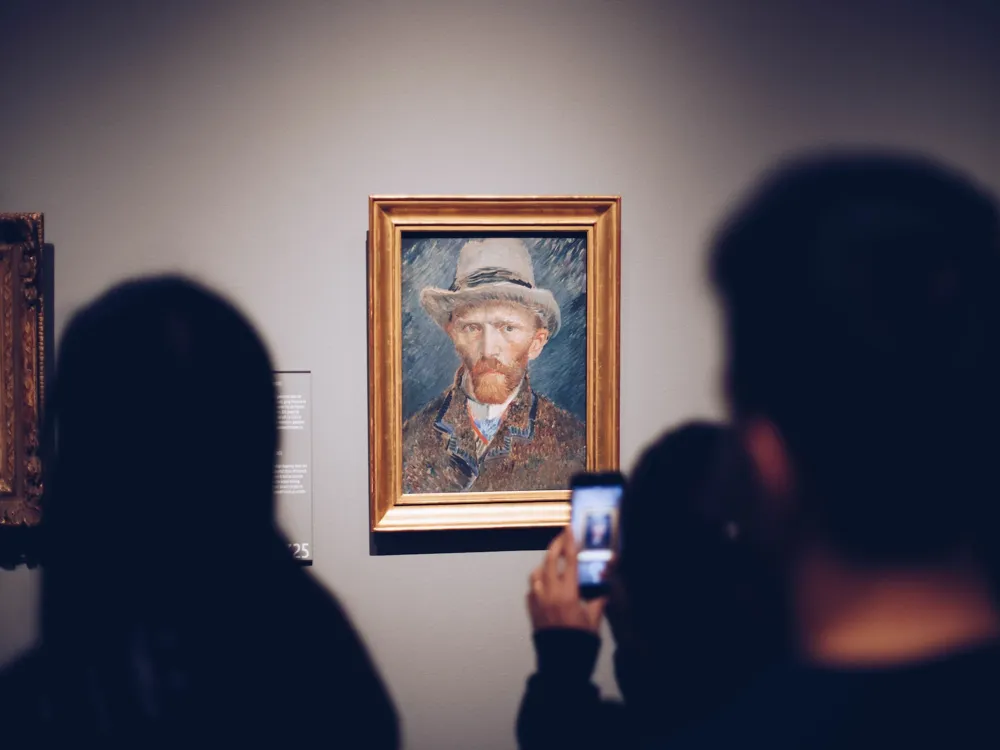
One of the most important museums in Greece, the Numismatic Museum houses one of the greatest collections of coins in the world. It is situated on Panepistimiou Street, near Syntagma Square in Athens. The museum has an astounding collection of more than 500,000 coins, stamps, gems, weights, medals, etc., dating back to the 1400BC.
The museum building, also known as Iliou Melathron, is a three-storied mansion, and one can view the display and collection on different floors. Besides the exhibition and displays, the museum building is worthy of a look with its paintings and mosaic floors. The collection follows the history of coins, from the 14th century to modern times. There are coins from Greek Poleis, the Hellenistic period, Roman, Byzantine, Medieval, and Ottoman periods. There is also a library within the museum that is home to 12000 books on the study and history of coins. Some special exhibitions and events are often conducted at the Numismatic Museum. One can also spend some quiet time in the coffee and museum shop outside in the garden.
Read More
Odeon of Herodes Atticus
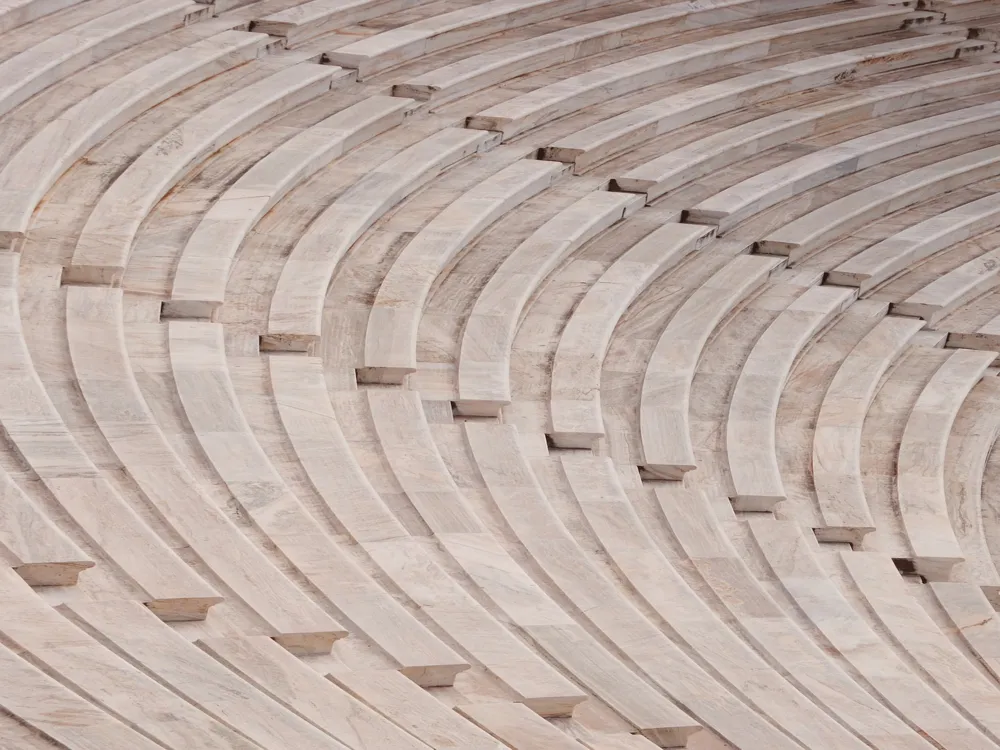
The Odeon of Herodes Atticus is a stone theatre structure located on the southwest slope of the Acropolis. It was built in 161 AD by the Athenian merchant Herodes Atticus in memory of his wife, Aspasia Annia Regilla.
The open air theater has been continuously used as a venue for music concerts. It lasted intact until it was destroyed and turned into a ruin by the Heruli in 267 AD. The stand for audience and the stage were restored using pentelic marble in the 1950s. Since then Athens Festival is hosted every year at the venue, which runs from May through October each year, featuring a variety of acclaimed Greek, as well as, International performances.
Read More
Panathenaic Stadium
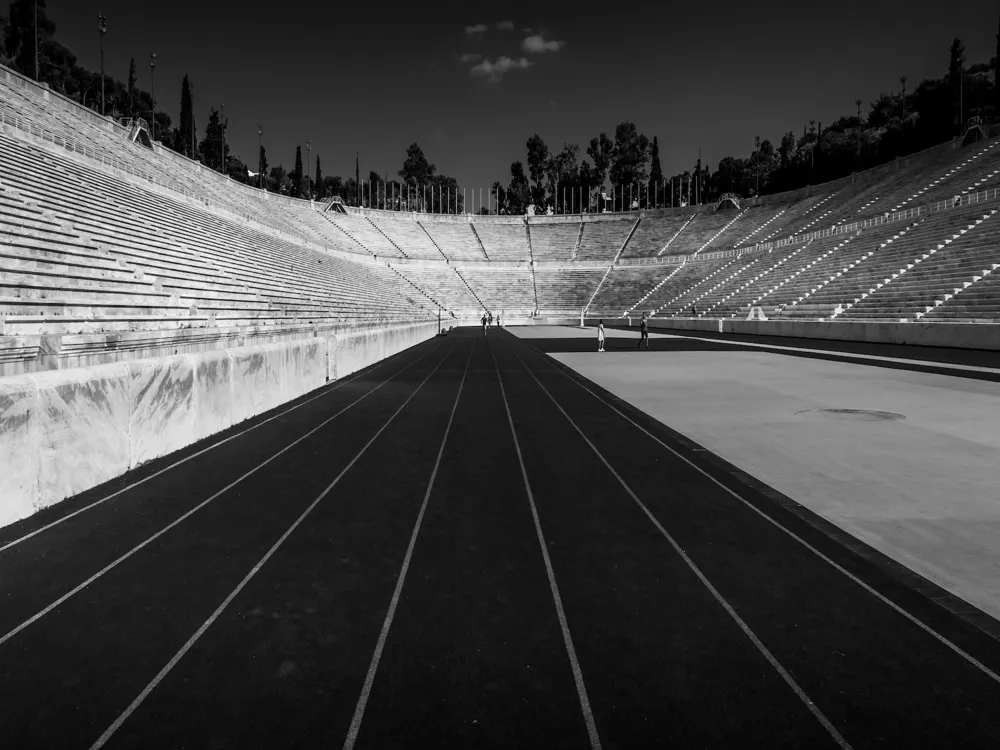
Panathenaic Stadium is the place which had the honour of hosting the first modern Olympics in 1896. It is the only stadium in the world built from marble. In ancient times, the Panathenaic stadium was used to host the athletic events of the Panathenaic Games. It is now where the Olympic flame handover ceremony takes place before every Olympic Games.
During the 2004 Olympic Games, it hosted the archery competition and Marathon finale. It could once seat about 80,000 people on marble steps but currently holds 45,000 spectators.
Read More
Athens Travel Packages
View All Travel Packages Athens
Nearby Places Athens
Browse Package Collections
Browse Hotel Collections











